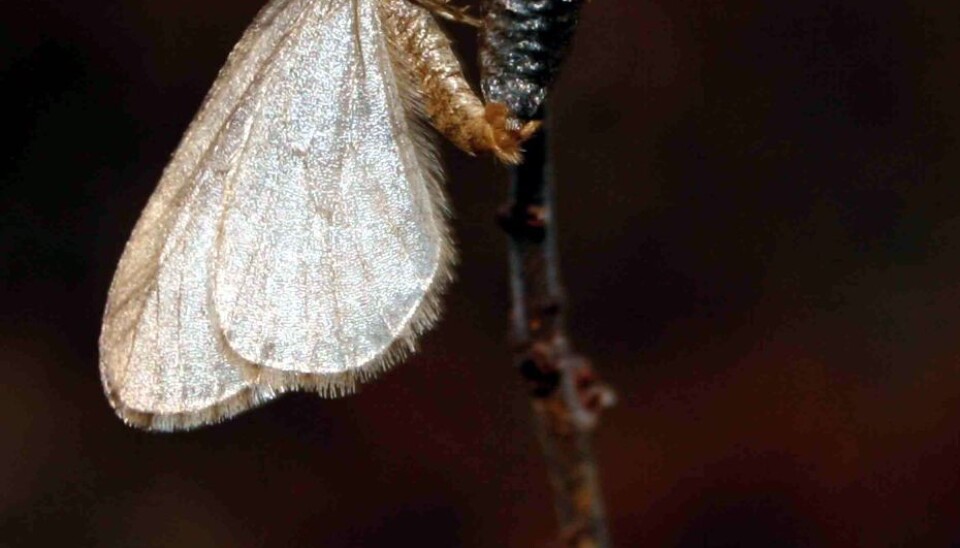
March of the caterpillars
A large wave of hungry, but tiny winter and autumnal moths set out from East-Europe and end up at the Atlantic coast ten years later - causing damage to forests on their way.
Every nine or ten years they swell into a vast horde of leaf-chomping gluttons, decimating tree foliage.
But findings show that far from being a local Scandinavian phenomenon, the recurring waves of caterpillars is a Europe-wide migration - sweeping across the continent from southeast to northwest, a trek of more than 3,000 kilometres until they reach the Atlantic ocean.
Killing off trees
Once every decade the deciduous forests along Scandes - the Scandinavian mountain range - are attacked by an outbreak of moth caterpillars. The impact of the attack, which often lasts several consecutive years and involves multiple species, is huge: mountain birch trees – and sometimes whole forests - die off, oak tree growth is stymied and crops from fruit trees are severely reduced.
It has long been known that the periodical caterpillar outbreaks occur more or less simultaneously across neighbouring regions. But there is a much bigger picture here, according to recent findings.
Exploring outbreaks across Europe
Building on two previous studies of how the caterpillars of winter moth (Operophtera brumata) and autumnal moth (Epirrita autumnata) spread across Scandes, the researchers explored why the invasions sometimes seemed to come from the north and other times from due east or more south.
A team of 22 researchers from 17 countries, led by the Swedish University of Agricultural Sciences, the University of Uppsala and the University of Tromsø, gathered information about moth caterpillar outbreaks across Europe.
Drawing on data from most of the European countries, and covering six decades between 1949 and 2009, the findings reveal that the caterpillars are all part of one large wave, moving across Europe from southeast to northwest.
The timing of outbreaks along Scandes depend on the particular angle of the wave when it reaches the mountain ridge and its outcrops – creating the impression that the invasions spread sometimes from the north, sometimes from the east or south.
Improving outbreak predictions
“The insights into outbreak waves can help us improve predictions of where and when we can expect an attack. This information would be valuable for forestry and fruit producers,” says lead researcher Professor Olle Tenow.
“Fluctuations of caterpillar populations across time and space kan be interpreted in a better way, which may entail revising earlier assumptions.”
On average, the waves moved across the continent in the same direction of east-southeast to west-northwest, covering an impressive 3,135 kilometres. When one wave reached the Atlantic coast after 9–10 years, the next one started in East Europe.
Still a mystery
But why the caterpillars set out from East Europe in the first instance has yet to be explained.
Another puzzle is the sheer speed of the wave. Moth caterpillars are very limited in their ability to cover distances, and yet the average speed clocks in at 330 kilometres per year - which is “incongruous with sedentary geometrid populations”, as the researchers point out.
So we know they’re going and where they’re heading – but why and how is still a mystery.





